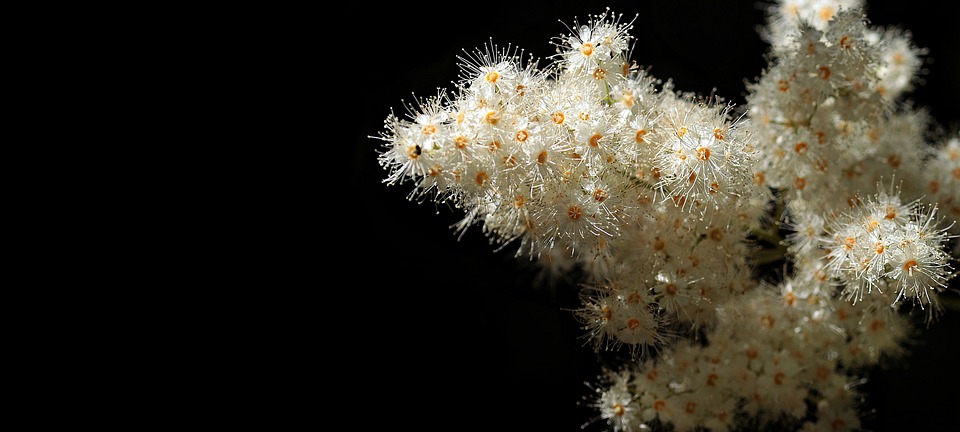Electric eels, also known as Electrophorus, are fascinating creatures that have recently been discovered to have the ability to transfer genetic material to other organisms through their electric discharge. This groundbreaking research, conducted by Japanese scientists from Nagoya University, sheds light on the potential impact of electric eels on genetic modification in nature.
The electric eel is the largest energy-producing creature on Earth, capable of releasing up to 860 volts of electricity. This immense power has been found to be sufficient to modify the genetics of small fish larvae. The research, published in the journal PeerJ, explores the concept of electroporation, a gene delivery technique that uses an electric field to create temporary pores in cell membranes, allowing molecules like DNA to enter the target cell.
Led by Eiichi Hondo and Atsuo Iida, the research team conducted experiments exposing young fish to DNA solutions with glowing markers to track genetic uptake. When electric eels were introduced to discharge electricity, 5% of the larvae showed markers indicating gene transfer. This suggests that electric eels can influence genetic modification in nearby organisms, even though their electrical impulses differ from those typically used in laboratory electroporation.
The study highlights the potential for natural phenomena, such as electric eels and lightning, to impact genetic transfer in living organisms. Iida emphasizes the importance of exploring unexpected biological phenomena to gain insights into the complexity of living organisms and trigger breakthroughs in genetic research.
While the research was conducted under controlled laboratory conditions, further investigation is needed to explore the heredity of transgenesis mediated by electrical discharge in natural habitats. The study provides evidence supporting the idea that electric eels can enhance DNA transformation in zebrafish larvae, opening up new possibilities for understanding genetic modification in nature.
Electric eels, despite their name, are not true eels but belong to the order of electroreceptive knifefish. They are known for their ability to stun prey with electricity and have been studied for centuries, contributing to the development of the electric battery. As of 2019, electric eels are classified into three species, challenging previous beliefs that the genus was monotypic.
In conclusion, the research on electric eels‘ ability to transfer genetic material to other organisms through their electric discharge offers a new perspective on genetic modification in nature. By exploring the impact of natural electrical phenomena on living organisms, scientists can gain valuable insights into the complexity of genetic interactions and pave the way for future breakthroughs in genetic research.





